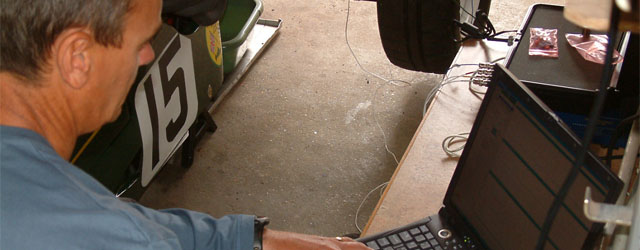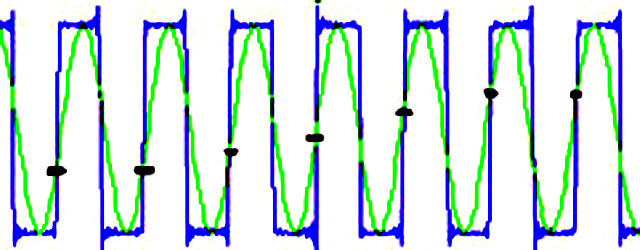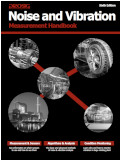In this article, we look at the relationships between frequency, the unit Hertz and order tracking. The most common form of digitising data is to use a regular time-based method. Data is sampled at a constant rate specified as a number of samples/second. The Nyquist frequency, fN, is defined such that fN = SampleRate/2. As discussed elsewhere, Shannon’s Sampling Theorem tells us that if the signal we are sampling is band limited so that all the information is at frequencies less than fN then we are alias free and have a valid digitised signal. Furthermore, the theorem assures us that we have all the available information on the signal.
(more…)



















